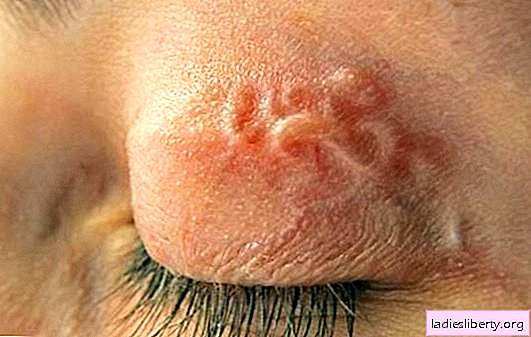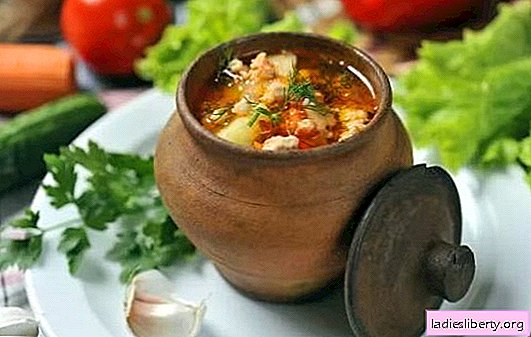
Ankylostomidosis is an anthroponous infectious disease of the geohelminthiasis group. According to WHO statistics, 25% of the world's population is infected with hookworm infection, of which 16% are children.
Etiology of the disease hookworm disease
The causative agent of hookworm infections are hookworms - Ancylostomaduodenale, and necatorosis - Necatoramericanus necatoria. Scientists placed these diseases in one row according to the biological similarity of pathogenic microorganisms due to their simultaneous presence in the human body and the same paths of invasion, and the clinical symptoms of these diseases coincide in patients. Ankylostomidoses and necatoroses in the early stages appear in the patient in the form of allergic dermatitis and damage to the respiratory system, with pathological changes in the functioning of the gastrointestinal tract with further development. Roundworms develop and multiply in the duodenum and in the upper jejunum, disrupting its structure and functionality.
According to WHO statistics, 75% of cases are registered in countries of the tropical and subtropical climatic zones, with low living standards, unavailability of medical services - these are regions of Africa, Asia, Latin America. In Europe, hookworm infections affect people working in mines and factories.
The main causes of hookworm infection include the following:
• eating dirty vegetables and fruits;
• non-observance of personal hygiene;
• use of water from unverified sources, reservoirs;
• direct skin contact with grass, agricultural work - the parasite larva penetrates the skin of the feet into the bloodstream.
Clinical manifestations of the disease
At the first stage, the larvae penetrate through the epithelium of the skin into the human body. The patient has clinical signs of an allergic skin lesion: rashes, hyperemia and swelling. A person complains to the doctor about pain when touching the skin. Period duration - up to two weeks
During the second stage of the disease, the larvae move along the blood and lymph channels. Allergic reactions to metabolites of the parasite's vital activity develop. With the advancement of the worms through the bloodstream, the epithelial layer of the vessels and the epithelium of the respiratory tract is affected. The patient is diagnosed with a respiratory tract disease. Sick people complain of sudden bouts of coughing and shortness of breath.
In the third stage, parasitic microorganisms reach the small intestine, where they develop and multiply. Aphthae and ulcers appear on the intestinal epithelium, which lead to hemorrhage and anemia. Due to poisoning the body with metabolites, an allergic reaction develops. There is dyskinesia of the gastrointestinal tract and dyspepsia. The patient complains of constant nausea, loss of appetite, distortion of taste, pain in the abdomen, and stool disorders.
If you do not start treatment in a timely manner, the disease becomes chronic. Patients lose weight. Children have disorders in the central nervous system - a delay in mental and physical development. In adults at severe stages, behavioral disorders are noted - increased irritability, insomnia, drowsiness. In girls, the menstrual cycle is violated or missing. At this stage, anemia is added to the symptoms of hookworm infection.
Disease treatment
Diagnosis and treatment of hookworm infection depends on the stage of development of the disease. When making a diagnosis, the doctor collects an anamnesis, conducts an examination, writes out laboratory and instrumental studies. The tactics of treatment are aimed at:
1. Destruction of pathogenic worms.
2. Elimination of the symptoms of the disease - restoration of normal levels of iron in the blood, normalization of the digestive tract.
The doctor prescribes anthelmintic drugs - Pirantel, Levamisole, Mebendazole. 4 weeks after the course of therapy, the doctor conducts a control study of feces with an interval of 3 times in 1 month. With hookworm infection, the doctor additionally prescribes iron preparations, antihistamines, probiotics and antispasmodics - Duspatalin, Buskopan, Trimedat. With timely treatment of hookworm, the patient fully recovers. After a course of therapy, the patient is observed by a doctor for a year and passes tests. It takes about 6-7 months to restore the body.











